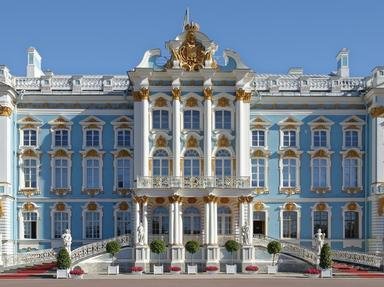Quiz Answer Key and Fun Facts
1. Which Tsar granted great autonomy and freedoms to the Finnish, including re-instituting the Diet of Finland which provided governance and administration through their own locally-elected representatives?
2. Which Tsar was the target of a failed assassination plot by Narodnaya Volya, which had also plotted seven times to assassinate his father?
3. Which Tsar surrendered to the Japanese and signed the Treaty of Portsmouth after his navy was crushed at the Battle of Tsushima, losing Russia prestige and territory such as the island of Sakhlin?
4. Which Tsar was the grandson of Catherine II (the Great), was born third in line for the throne and became Tsar only after his eldest brother died leaving no surviving children and the other brother chose not to rule?
5. Which Tsar liberated Bulgaria from Ottoman rule during the Russo-Turkish War and has a monument to that effect in Sofia?
6. Which Tsar married Charlotte of Prussia, who gave him his children and heirs, but after 25 years of marriage took Barbara Nelidova as his mistress when the Empress's health failed?
7. Which Tsar was the godfather to Victoria, the future Queen of England, and also formed political bonds with both Napoleon Bonaparte and the Austrian, Prince Metternich?
8. Which Tsar became the heir apparent only when his older brother died, after which he also married his dead brother's fiance, Princess Dagmar of Denmark?
9. Which Tsar successfully put down the Decembrist Revolt and personally presided over the public hangings of those who had attempted to overthrow him?
10. Which Tsar brutally suppressed his Polish subjects living in modern-day Poland, Belarus, the Ukraine, Lithuania, and Latvia-Livonia?
Source: Author
drushalli
This quiz was reviewed by FunTrivia editor
bloomsby before going online.
Any errors found in FunTrivia content are routinely corrected through our feedback system.

